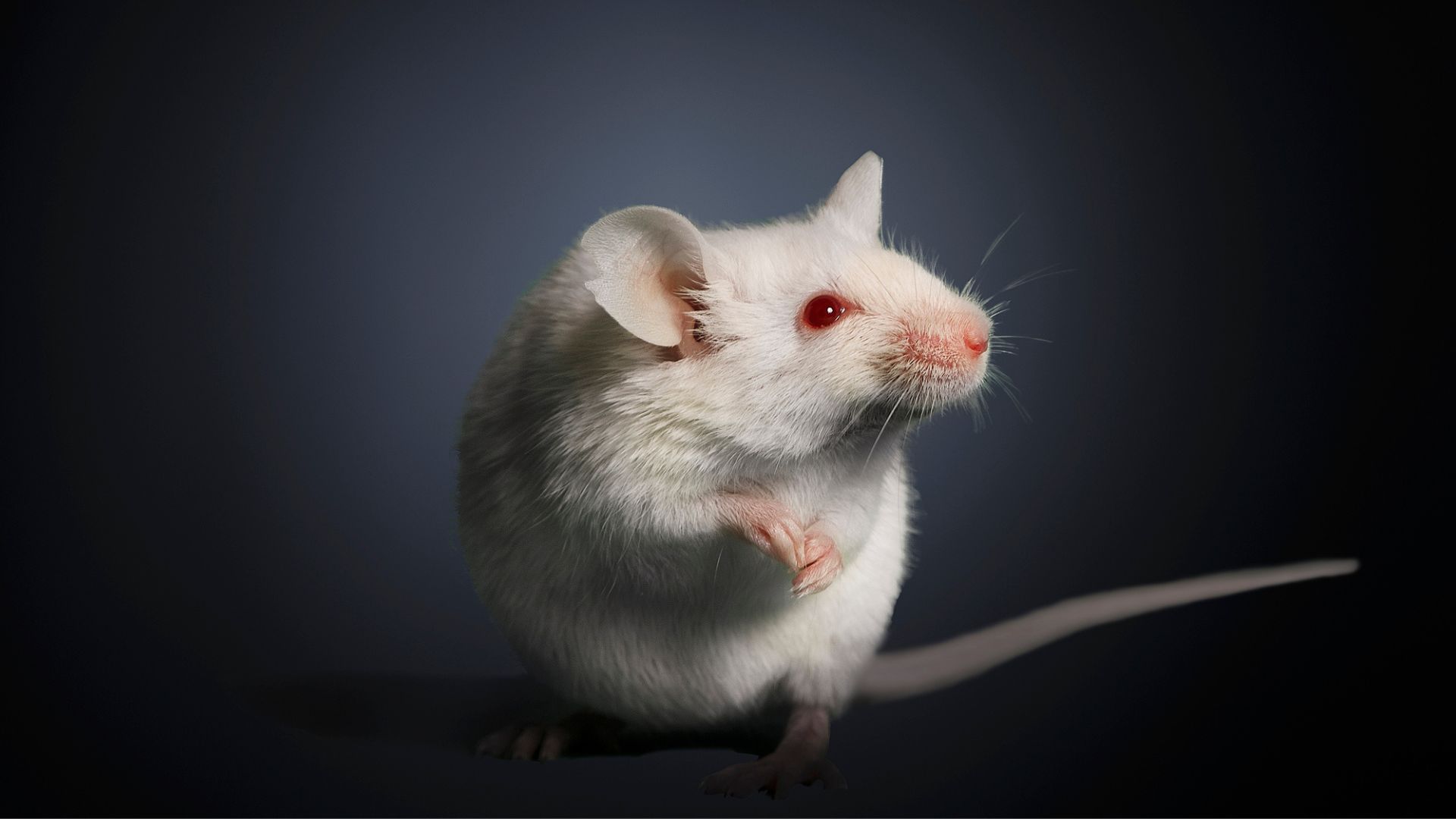Researchers have demonstrated that a genetic switch for organ regeneration exists, after restoring damaged outer ears in mice.
This has ignited hope that similar switches might exist for other organs, even in humans.
The study conducted by the National Institute of Biological Sciences, Beijing, zeroes in on a crucial molecule: retinoic acid, a derivative of vitamin A.
Wang Wei and Deng Ziqing, the co-corresponding authors, determined that a shortage of this retinoic acid prevented mice from regenerating their ear pinna (the outer ear).
Retinoic acid plays an important role in cell development and tissue repair.
As a result, they successfully restarted regeneration, leading to the complete restoration of damaged ear tissues, even cartilage.
“They found that insufficient production of retinoic acid caused the failure of mouse and rat ear pinna regeneration. Exogenous supplementation of retinoic acid or activation of a rate-limiting enzyme in retinoic acid synthesis was sufficient to activate regeneration,” the researchers wrote in the study paper.
Complete restoration
Despite its benefits, the ability to regenerate has been lost in many animal species over time, though some still retain it.
Some, like rabbits, goats, and African spiny mice, can regenerate complex tissues such as the ear pinna, while common rodents like mice and rats cannot due to the course of evolution and speciation.
According to the researchers, insight into how animals gained or lost the ability to regenerate over evolution could provide fresh knowledge for advancing regenerative medicine.
Reportedly, scientists describe their achievement as activating an “evolutionarily disabled genetic switch.”
The researchers opted for the ear pinna as their initial focus. It proved ideal because while it contains diverse tissues—skin, cartilage, muscles, and fat—it’s simpler than internal organs and easy to observe and work with.
The scientists achieved “complete restoration” of all lost tissues, including cartilage, in holes punched through the mice’s outer ears.
Genetic switch
The South China Morning Post (SCMP) reported this research was also significantly boosted by Stereo-seq technology, a “camera of life” developed by BGI-Research.
The technology allowed them to map cell changes and gene expression during healing, understanding the regeneration mechanisms at a never-before-seen level.
The three-year experimental journey was filled with both anxiety and surprise.
Initially, numerous genes were tested individually with no success, with some even worsening the damage.
Surprisingly, after many trials and errors, the solution emerged as a single gene that encodes an enzyme for retinoic acid synthesis.
The team discovered that they could reactivate ear tissue regeneration in transgenic mice by either externally providing retinoic acid or by activating the Aldh1a2 gene.
They are now focused on understanding why mice lost this regenerative ability over the course of evolution.
“Our findings may help in increasing understanding of the evolution of regeneration and provide a potential framework for dissecting mechanisms underpinning the failure of regeneration in different organs and species,” the study noted.
Moreover, the researchers are working to pinpoint the specific genes that can turn on the regeneration switch in various organs, understanding that each organ might possess a unique genetic trigger.
The results serve as “proof of principle,” demonstrating the existence of a genetic switch for organ regeneration.
The researchers cautioned that achieving human organ regeneration is a long and challenging process. Key hurdles include the vast differences in size and complexity between mouse and human organs.
The findings were published in the journal Science.
